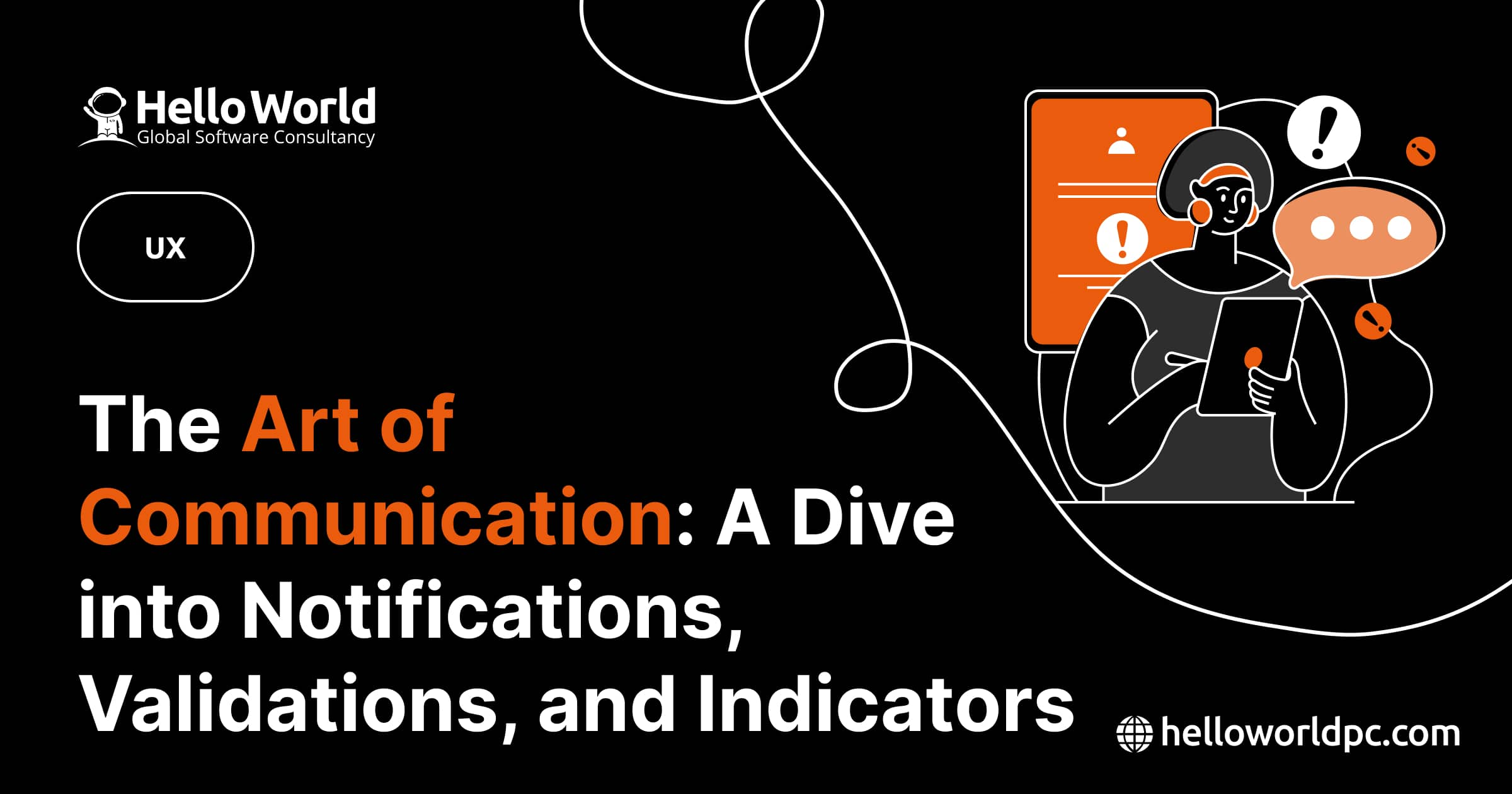In the digital landscape, where users are bombarded with information from various sources, the importance of effective notification design cannot be overstated. A well-crafted notification system serves as a vital communication channel between a product and its users, providing valuable updates, feedback, and alerts.
Let's take a look at the differences between validations, notifications and indicators, as well as how they're used!
Validations, Notifications and Indicators
Effective communication with users includes three main types: notifications, validations and indicators, each of which plays a different role in guiding interactions and improving the user experience.
Indicators
Discreetly signal system status and help users navigate interfaces effortlessly. Whether it's a subtle colour change or a small icon, indicators convey important information without overwhelming the user.
For example, an indicator could be a circular icon next to a user's profile picture that changes colour to indicate online status; green for availability, yellow or orange for away, and grey or even disappearing for offline status.
Validations
Provide real-time feedback, ensuring that users enter information correctly and minimising errors. By providing immediate responses to user actions, validations increase user confidence and streamline interactions.
For example, a validation could might occur when a user attempts to submit a form without filling out required fields. When the submit button is clicked, the system may display a validation message next to each empty required field, indicating that it must be filled in before the form can be submitted.
Notifications
Serve as a valuable communication channel, providing users with timely updates and alerts. From notifying users of new messages or updates to alerting them to important system changes, notifications keep users engaged and informed.
For example, a notification could appear when a messaging app alerts a user about a new message received from a contact. When the message is received, the app may display a notification banner at the top of the screen, accompanied by a sound or vibration to get the user's attention.
Conclusion
In conclusion, while validations, notifications, and indicators serve distinct purposes in user interface design, they collectively contribute to enhancing the overall user experience. A structured approach to notification design is essential to ensure consistency and effectiveness. By prioritising notifications based on importance and adhering to established frameworks, designers can create intuitive systems that fit seamlessly into users' workflows.
Ultimately, thoughtful notification design not only increases user engagement, but also contributes to the overall usability and success of digital products and services.

